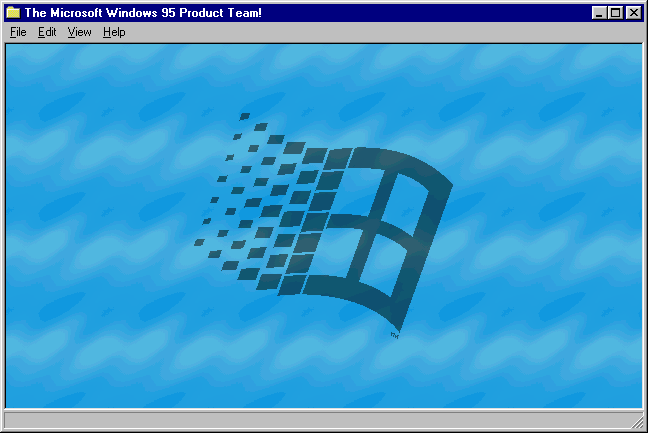TONT 30923 为什么控制面板中的「添加/删除程序」会尝试猜测所有信息?
原文链接:https://devblogs.microsoft.com/oldnewthing/20060609-07/?p=30923
As we saw earlier, the “Add or Remove Programs” control panel used several heuristics to attempt to determine things like program size and frequency of user. Why did it bother doing this at all?
正如早先讨论过的,控制面板中的「添加/删除程序」使用了多种启发式的方式来判断应用程序的大小和使用频率。为什么它要做这种吃力不讨好的事情呢?
At the time the feature was added, disk space was not cheap like it is today. One of the problems users were having was running out of disk space and not knowing what they could safely delete. Thus was born the Disk Cleanup utility, which attempted to guide the user through various things that could be deleted in order to make disk space available.
这个功能最初上线的时候,磁盘空间不像如今这样廉价。用户需要面对的问题之一是磁盘空间不够用了,而又不知道可以放心地删掉什么东西。由此,「磁盘清理工具」诞生了,它会引导用户执行一系列操作来判断可以删掉哪些东西来释放磁盘空间。
In addition to cleaning up temporary files, you could also remove programs that weren’t being used. But how do you know which programs you weren’t using? (Maybe you were using a program without realizing it because it ran automatically.) And how do you know how much disk space would be recovered if you removed a program?
在删除临时空间之外,用户还可以删除不再使用的应用程序(来释放磁盘空间)。然而,用户如何判断有哪些应用是用不到的呢?(有些应用是自动运行的,所以用户可能根本没有意识到它的存在。)此外,用户又怎么能知道移除掉某个应用后能释放多少磁盘空间呢?
That’s where the program size and frequency of use heuristics came in. By providing this information (or at least trying to), the “Add or Remove Programs” control panel could help users decide which programs to remove.
这就是(「添加/删除程序」控制面板项中)应用程序大小和使用频率估算起作用的时候了。通过提供这些信息(至少是试着提供了),「添加/删除程序」得以帮助用户判断要删除哪个应用。
Of course, nowadays, with hard drives in the hundreds-of-gigabytes range, disk space has become so cheap as to be nearly free. The need to remove programs to make more disk space available is largely gone, but the feature remains as a vestigial organ.
当然,如今硬盘容量已按数百 GB 为单位计算,磁盘空间也(相对地)便宜到跟不要钱一样。通过删除应用程序来腾出更多磁盘空间的需求基本已经不存在了,但这个功能就像退化了的器官一样保留了下来。
